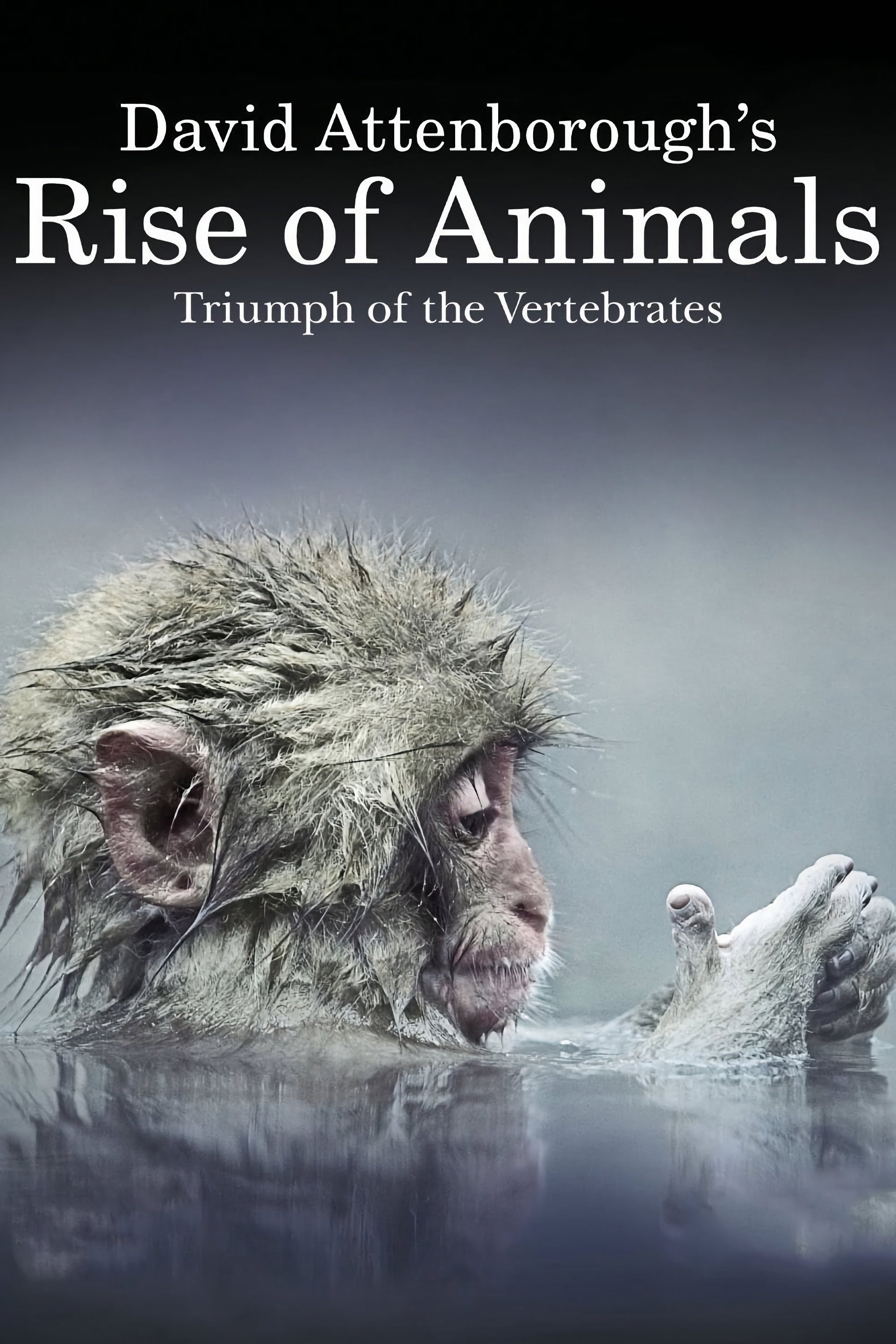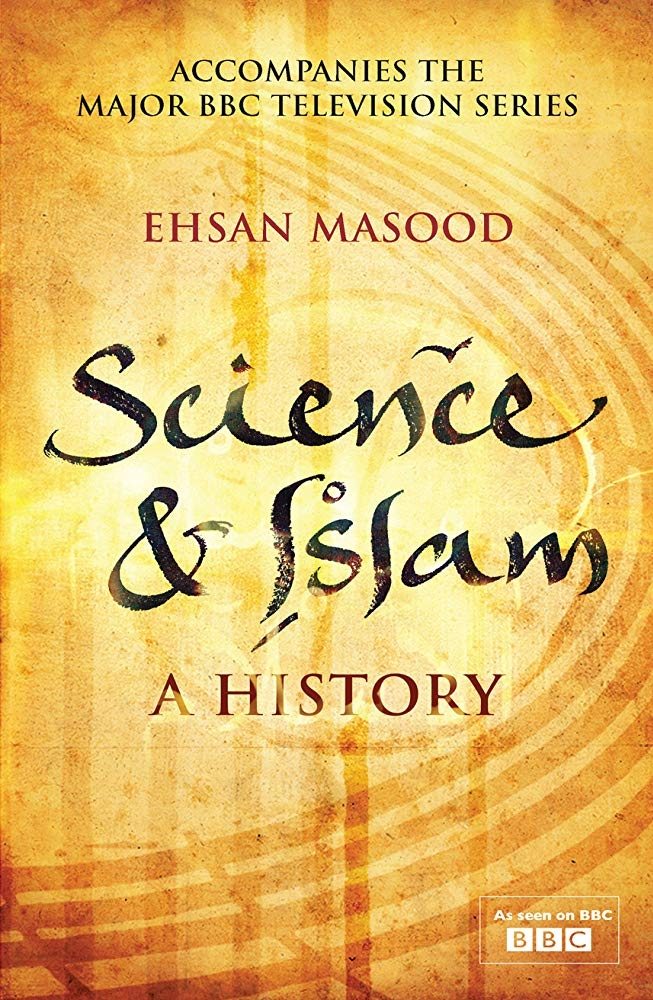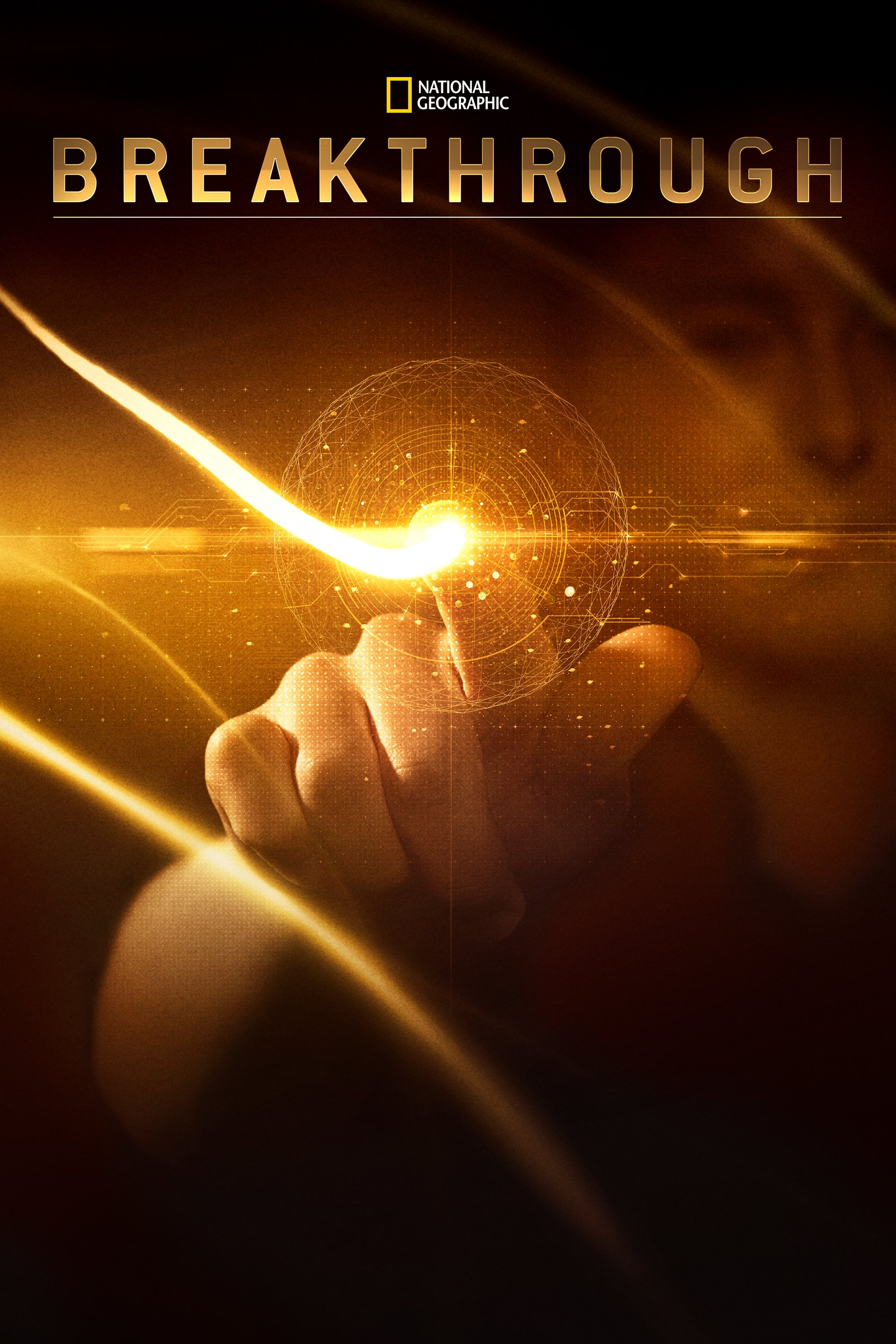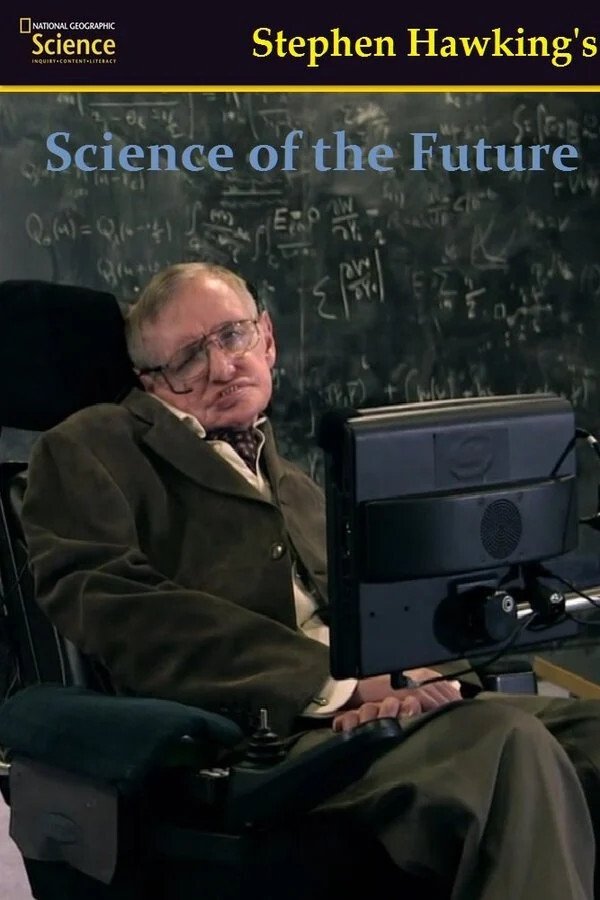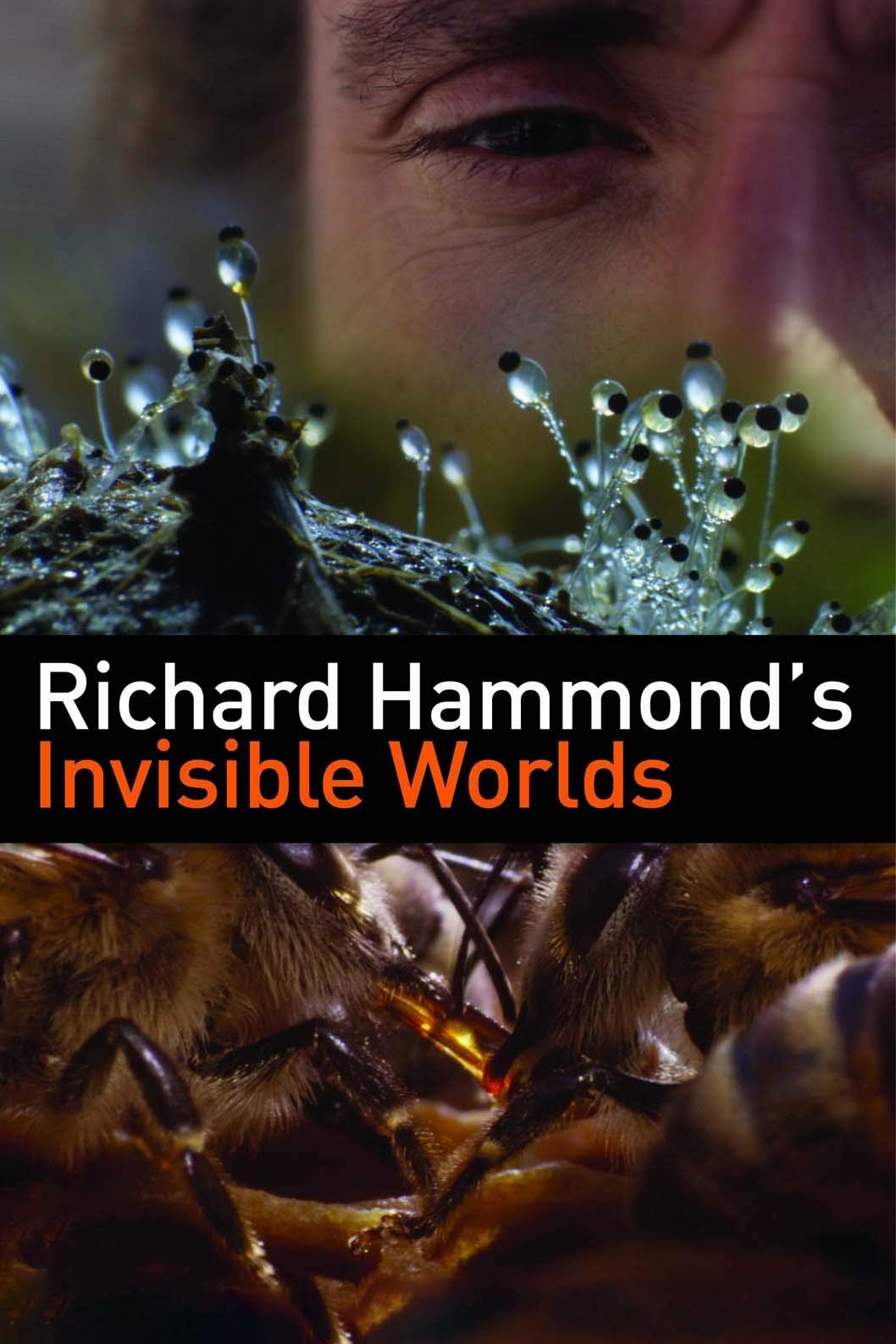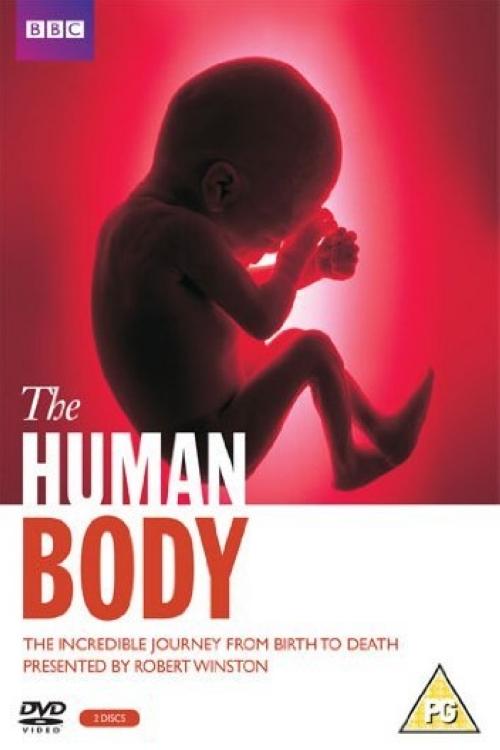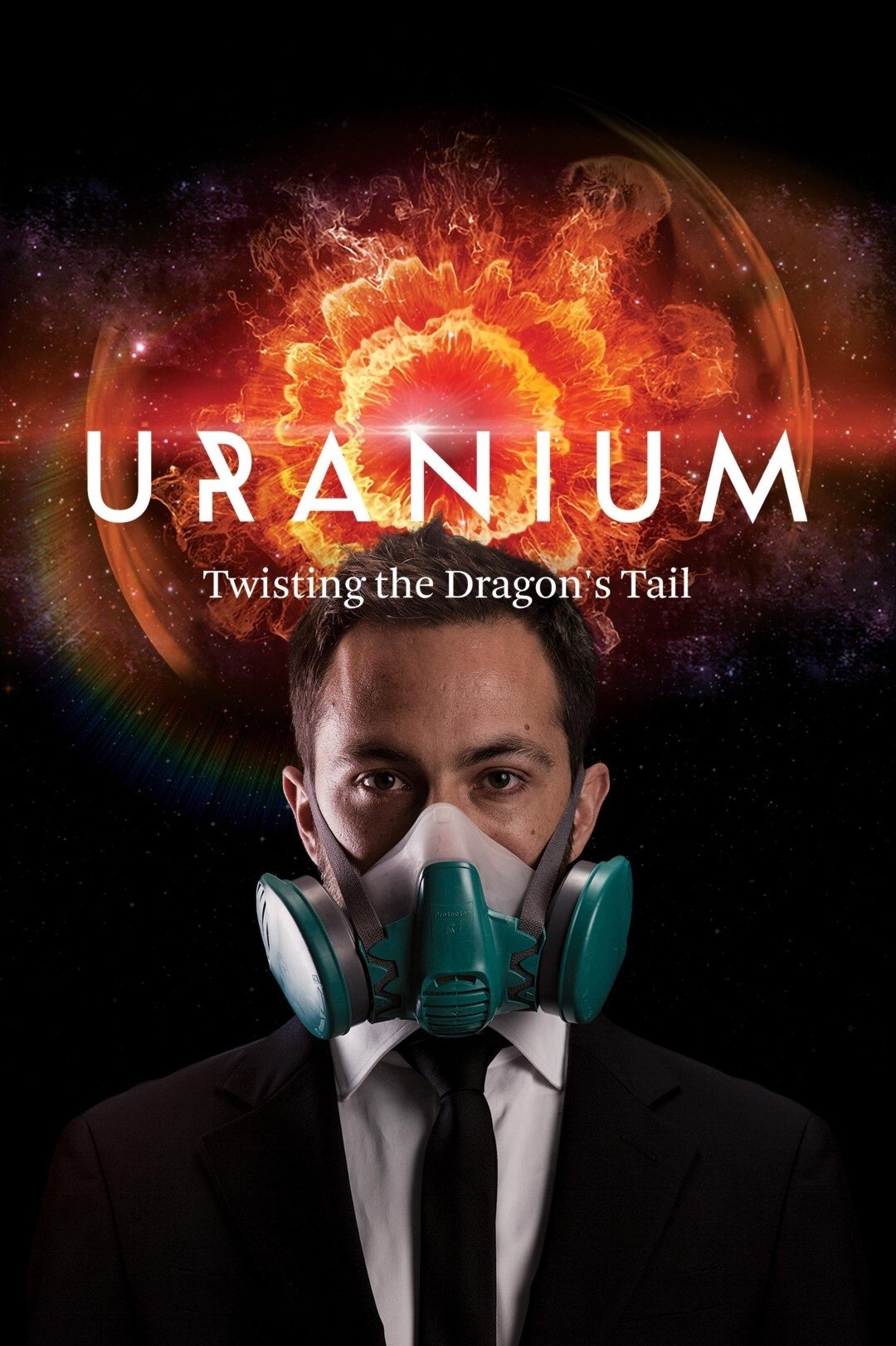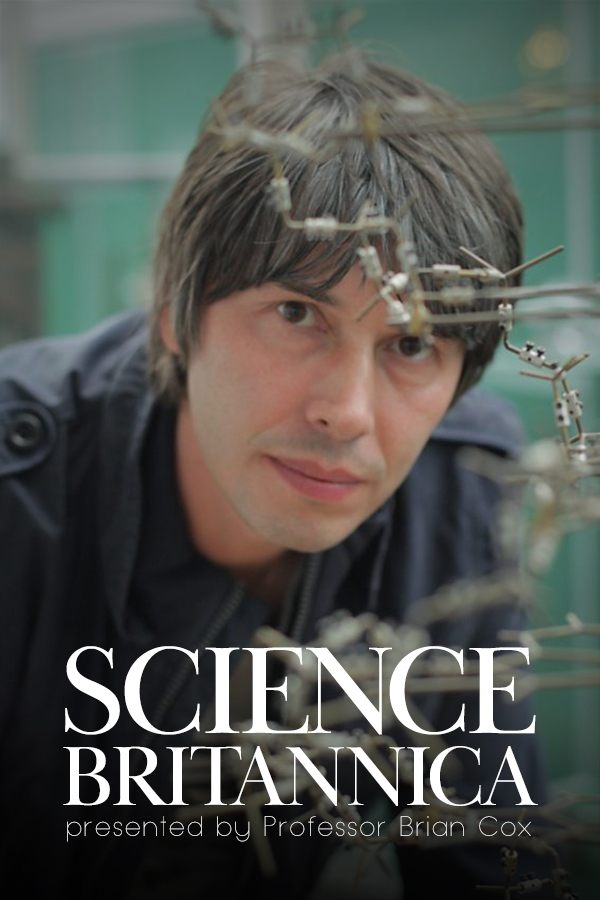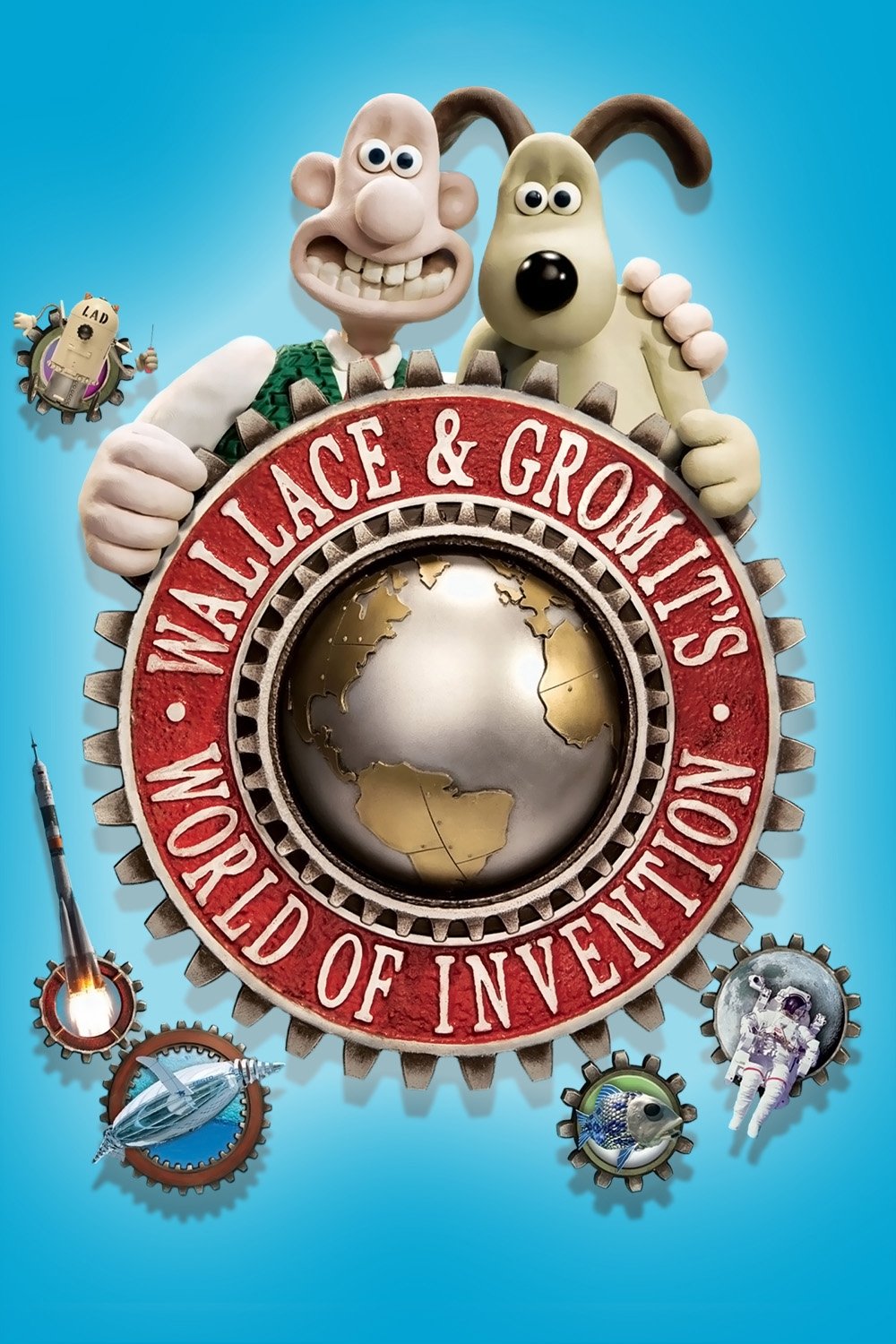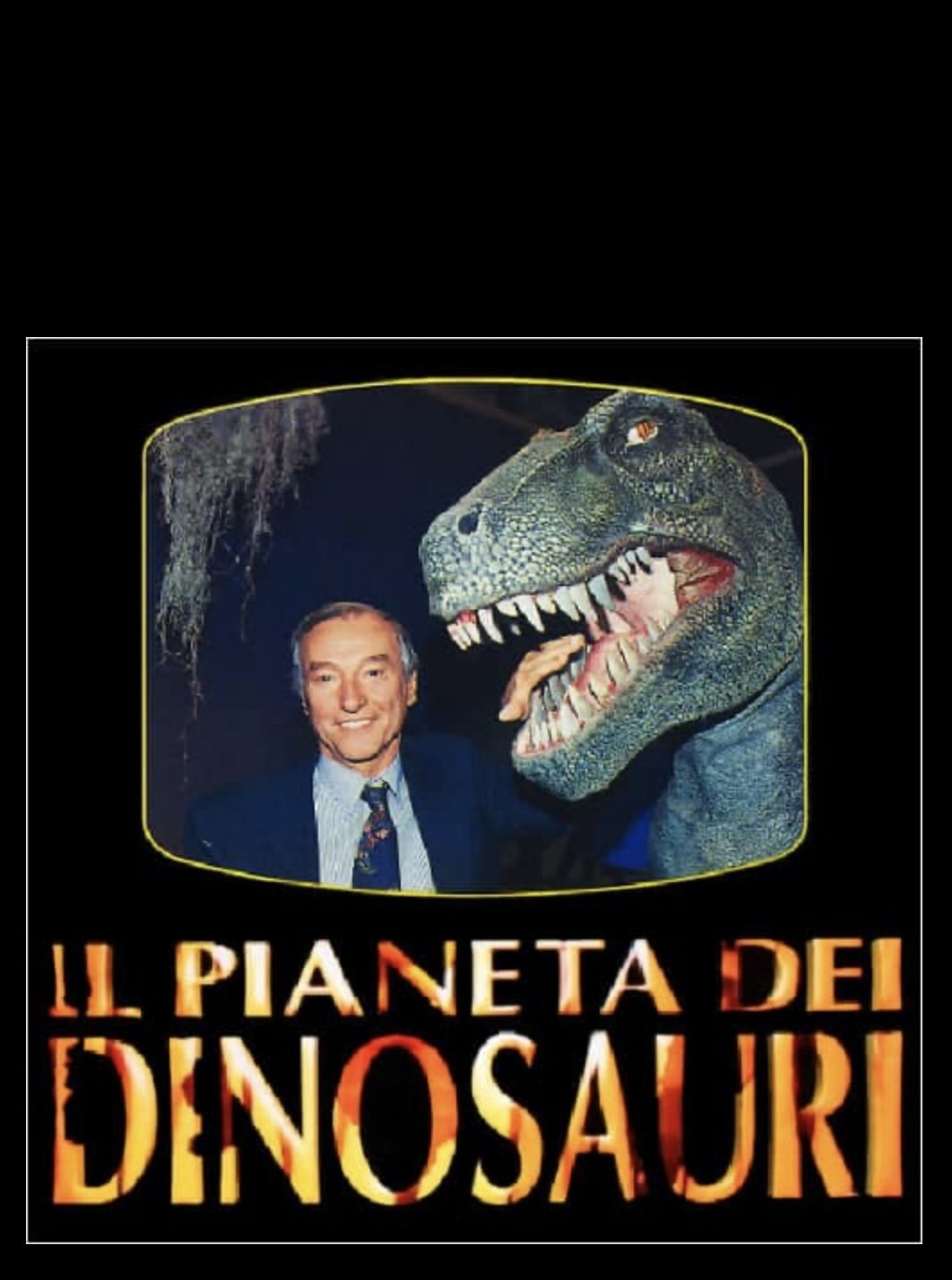
Catalyst
series currently in production
Returning Series

Documentary
News
Seasons | 10
Episodes | 164
avg.Runtime | 30 min
First EP | 2014-01-01
Last EP | 2022-08-09
Overview
Stream on
Catalyst is Australia's premier science investigation series. Each week the team brings you stories from Australia and around the world, meeting scientists at the forefront of discovery.
Created by
Produced by

Australian Broadcasting Corporation
Season List










season 1 || Season 1
Relesed on | 2014-01-01
1

Jane Goodall
2014-01-01
Meet Dr. Jane Goodall DBE, world-renowned primatologist, humanitarian, conservationist and UN Messenger of Peace.
2

Shark Behavior
2015-01-01
Do sharks have friends? Watch and see if there is actually anything to study when we look at the "social behavior" of sharks off the coast of New South Wales, Australia!
3

Virtual Universe
2014-01-01
Wouldn't it be wonderful if you could just sit and watch a movie about the universe and see how everything unfolded? Thanks to a new scientifically accurate computer simulation called the Illustris, which models a part of the universe, a cube 350 million light years across, you can!
4

Polar People
2015-01-01
Each year, over 2000 people apply for jobs in Antarctica, but few are successful. What are the physical and psychological attributes required to work in the most remote location on Earth? Could you snag a job in sub-zero temperatures at an Antarctic station?
5

Voyager
2013-01-01
Take a look at the Voyager unmanned space probes launched in the 1970's -- and where they are now after 36 years of travel! Voyager I is the furthest travelled man made object in space. What are the missions finding in the distant universe?
6

Wings Of Wonder
2013-01-01
Titanium implants are a favorite among surgeons. They're light, durable and strong and readily accepted by the human body. But with each surgery comes a small but potentially deadly risk - infection through the introduction of bacteria. How can they design implants to resist bacterial infection?
7

Sun's Lost Siblings
2015-01-01
In a family reunion like no other, astronomers reunite our sun with her long lost sibling. Dr Graham Phillips meets the new relative and explores its similarities with our sun. Could it even have planets, like our solar system, and be another home for life?
8

Super Solar Cells
2015-01-01
Dr Graham Phillips investigates new technology that is able to convert more than 40 per cent of the sun's light into electricity. This is more than double the efficiency of today's domestic rooftop solar panels, and could eventually lead to cheaper sources of renewable energy.
9

Our Chemical Lives
2015-01-01
Thousands of chemicals are used in everyday products – in our water, our food and in the air we breathe. It’s the chemical soup of modern life and it’s virtually impossible to escape them. Is there adequate regulation and testing, or are we in the midst of an uncontrolled, human experiment?
10

Antivenom
2015-01-01
Good to know as you travel to the Antipodes - Australia has the most venomous snakes and spiders in the world. But, if you’re bitten, can you rely on anti-venom? Dr Graham Phillips investigates the effectiveness of anti-venom.
11

Powering The Mind
2015-01-01
What is memory? How do our memories change from childhood to adulthood? How we can build up greater brain reserves to power our mind into old age? Brain epigenetics, how the expression of our DNA can be changed by our experiences, is an intriguing new area of science with huge health implications.
12

Alien Technology
2015-01-01
Is there anyone out there? Does the popular movie quote 'ET phone home' have any substance? Astronomers have been pointing their radio telescopes at the skies for decades trying to pick up alien signals. Hitch a ride as we join astronomers trawling through the galaxy looking for signs of life.
13

3D Virus
2013-01-01
How can a supercomputer can help researchers to a better understanding of the poliovirus at an atomic level? This has implications for understanding and eradicating deadly diseases worldwide.
14

Future Cities
2014-01-01
It's amazing to think that in the 1900s a mere tenth of the world's population lived and worked in cities. Now it is over half. With soaring populations, how will we keep our cities live-able? And what will the city of tomorrow look like?
15

Quantum Computing
2013-01-01
The promise of quantum computers is that what would otherwise take a billion years to calculate, could be done in a few seconds. First-generation quantum computers have started to appear. Indeed, earlier this year, Google bought one, The D-Wave 2. How will this advance change our future lives?
16

Peacock Spider
2013-01-01
Think spiders aren't beautiful? Then think again! The colorful and beautiful jumping Peacock Spider, native to Australia, will change your mind.
17

Allergy Pill
2014-01-01
In the western world there’s an epidemic of allergies. Could it be that our lifestyles are too clean? And that we’re not exposing ourselves to bugs that help build our immune systems? Is there bacteria that is good for us?
18

Cardiac Implants
2013-01-01
There’s no doubt that cardiac implants or stents save lives. They unblock arteries to prevent heart attacks. But because the body treats stents as foreign, the risk of blood clots is ever present. How can we coat the stents in order to stop the rejections?
19

Honey Bees
2014-01-01
It seems that the bee population crisis is intricately tied to the way we have changed our planet. Catalyst investigates how modern agriculture methods, increasing diseases and the impending threat of the deadly varroa mite could destroy the last safe-haven for bees on the planet, Australia.
20

Extreme Weather
2013-01-01
This special report looks at the domino effect of environmental and atmospheric factors that drive the globe to wetter, hotter, drier and colder extremes.
21

Fast Food For Hummingbirds
2011-01-01
By building see-through flowers, researchers at the University of Connecticut have captured high-speed, high-magnification images of the remarkable tongue of the Hummingbird. And they've revealed that previously held theories about the diminutive birds are wrong!
22

Ancient Writing
2013-01-01
Cuneiform documents in clay cover everything from political affairs to economic practices, from 3400BC right up to the time of Christ. But can modern technology unwrap clay envelopes so that archaeologists can preserve the artifact but see the letter inside? Watch and see!
23

Tokyo Flood Prevention
2014-01-01
Fifty meters beneath the teeming mega-city of Tokyo is an underworld river system - 6.4km of tunnels, colossal water tanks, massive pillars, giant pumps that remove 200 tons of floodwater every second. It’s an engineering marvel built to protect Tokyo against the increasing threat of flooding.
24

Life Enhancing Drugs
2013-01-01
Performance-enhancing drugs aren't limited to just sport and increasing your physical prowess. There are substances that could improve your mind power as well - things like help you learn faster or improve your memory. Do we face a future where we'll be increasingly brain doping?
25

Bioluminescence
2011-01-01
A short video on this phenomenon of nature, particularly evident in deep ocean animals.
26

Mega-tsunamis
2014-01-01
By investigating the tell-tale signs of earthquakes and tsunamis written into the landscape over the last thousand years, Japanese scientists are rewriting the rule books for disaster prevention in the Pacific.
CREW
“I would rather entertain and hope that people learned something than educate people and hope they were entertained.” – Walt Disney

